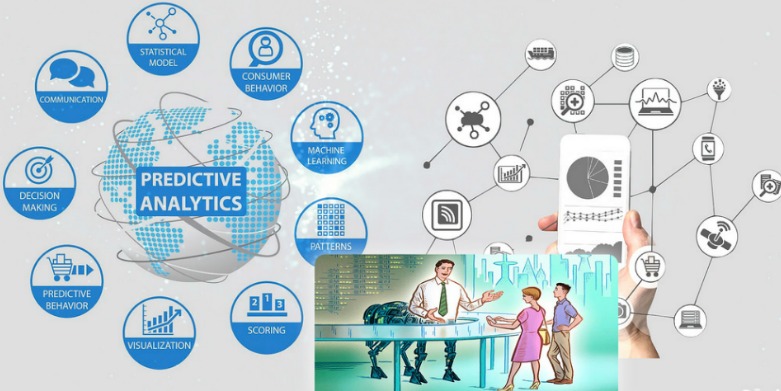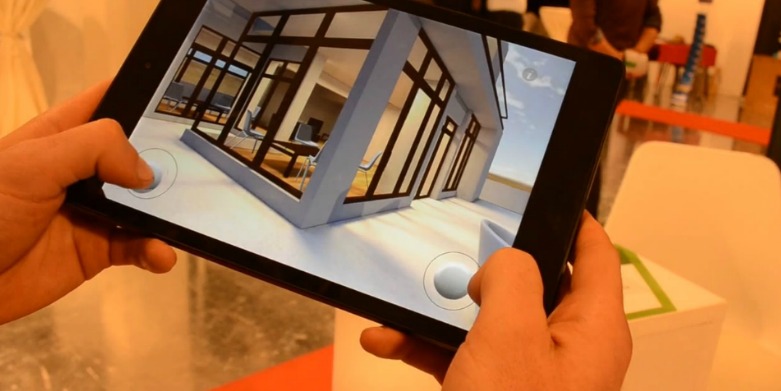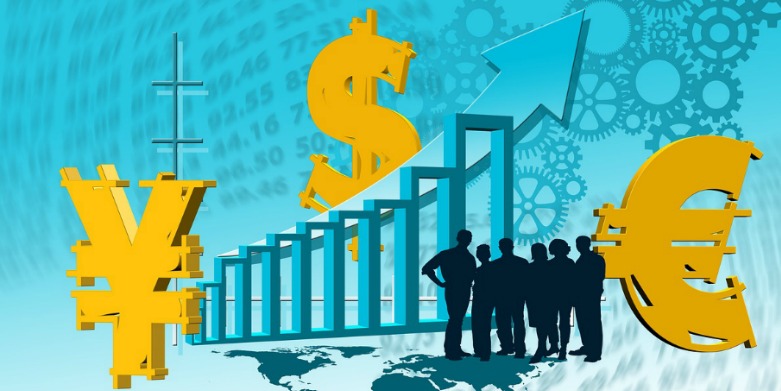From the ever-growing demand for cloud to rapid adoption of machine learning – 2016 was an eventful year for the database management industry. And experts say many of these trends will continue to evolve and define the future of database management. Thanks to a convergence of technologies and tools, businesses across sectors have unprecedented
It is predicted that 30% of CIOs will roll out pan-enterprise data and analytics strategy by 2018. Clearly the task of monitoring and analyzing data is slowly but steadily shifting from being sole responsibility of data scientists towards employees across the enterprise. Business insights are increasingly viewed as business enabler in this aggressively competitive and
E-commerce transformed the way business was conducted, redefining the interaction between consumers and retailers. The ease and convenience of transactions led to its immense growth, creating new revenue streams. And in no time, e-commerce took over the market, compelling brick and mortar stores to scramble and rethink their business models and strategies. While it appeared
The global craze and popularity of Pokémon Go is indicative of future trends in the use of Augmented Reality (AR) technology. AR has been around for a while now, it is a technology that combines virtual reality (VR) with 3D technology thus simulating a real-world experience. While AR has found its application across industries over
Did you know that e-commerce accounts for approximately 8.6% of all retail spending generating a revenue of $1.915 trillion in 2016? There is also an estimate that this double-digit growth will continue through 2020 toping $4 trillion. Pervasive connectivity and consumer-driven transactions have fuelled e-commerce in a big way. And with the first quarter of
“Technology is a glittering lure, but there’s the rare occasion when public can be engaged on a level beyond flash, if they have a sentimental bond with product.” A very famous sales pitch by the character named Don Draper from the popular television series Mad Men. This pitch offers a glimpse into the fact that
Growing urbanization, drastic demographic shifts, rapid technological advancements and evolving regulatory standards are increasingly influencing the Commercial Real Estate (CRE) industry. Players are walking the tight rope, trying to balance sustainability with profitability while keeping pace with market changes. As CRE companies strive hard to gain competitive advantage, here’s a list of three key trends
Intensifying competition and unpredictable consumer and market demands are compelling businesses to be responsive and flexible. Rapid digitization has led to the rise of new entrants and is creating a level playing field putting unprecedented pressure on businesses to find ways to stay relevant. Given the dynamics and pace of change, ‘business as usual’ is
A corporate profile offers a quick look into a company’s information spanning products or services, unique features, company history, its leadership and values, allowing audience to form an opinion about the business entity. However, company profile should not be treated as simply a description stating facts about a company, ideally it should go beyond that,
From hype to reality big data is slowly making its way into the financial sector. Over the last few years the sector has seen a few large deployments in order to improve customer experience, reduce churn, facilitate modern banking and minimize risk. Big data and analytics hold a tremendous potential to power a modern financial











